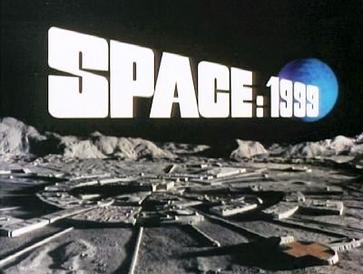Okay, a little fun hyperbole, but hear me out:
We talk about changing asteroid orbits by blasting bombs into the side of them.
But here we are on earth, carring out most of our explosive device wars on one side of the planet, and doing it mostly during the day. nd doing it mostly during the northern summer. So, THOUSANDS of explosions all on the inner side of the orbit, on one side of the sun.
How many explosions does it take to shove earth into just a little wider orbit, hmmm?
We talk about changing asteroid orbits by blasting bombs into the side of them.
But here we are on earth, carring out most of our explosive device wars on one side of the planet, and doing it mostly during the day. nd doing it mostly during the northern summer. So, THOUSANDS of explosions all on the inner side of the orbit, on one side of the sun.
How many explosions does it take to shove earth into just a little wider orbit, hmmm?

